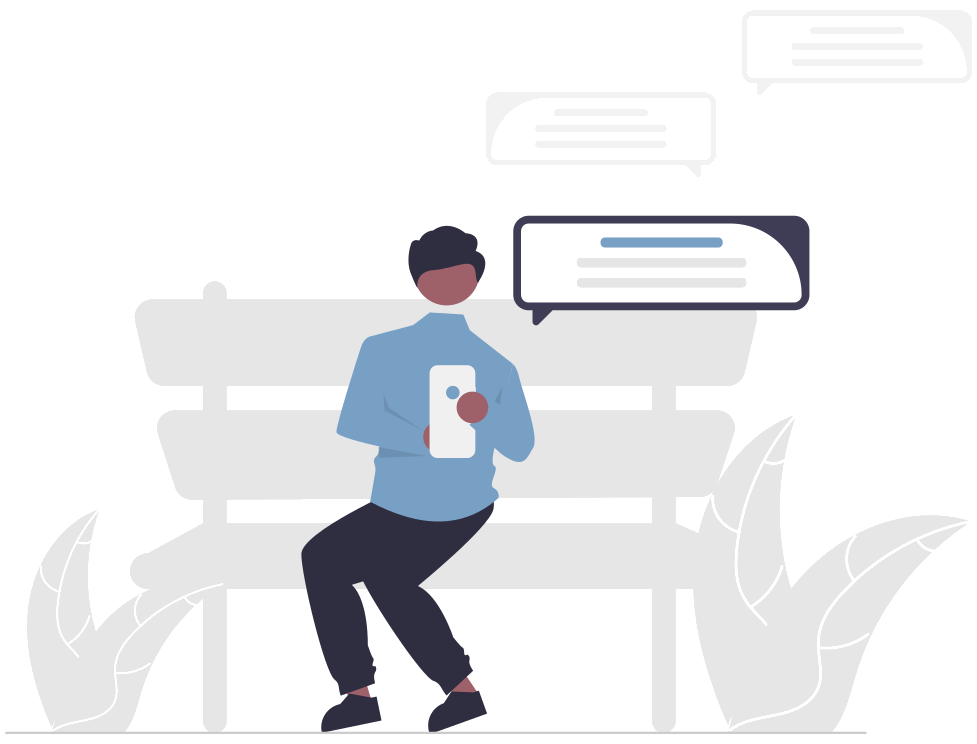Cognitive behavioral therapy was developed by the psychologist Aaron Beck, and around the same time psychologist Albert Ellis developed a similar method called Rational Emotive Behaviour Therapy or REBT. The latter is also called RET or Rational Emotive Therapy. Cognitive behavioral therapy is abbreviated to CBT.
What is cognitive behavioral therapy?
Cognitive behavioral therapy assumes that most psychological problems are caused by the 'thoughts' of a person. In short: What you think, causes what you do or feel. Of course this is somewhat exaggerated, yet it is correct to a large extent. What people think will to a large extent influence their behavior and feelings. And the advantage of this approach is that our thoughts are easier to influence than behavior or feelings, and that it is safer than administering medicines. So, to some extent it can be said that we in most cases should consider whether a problem can be solved by treating the thoughts that take part in causing it. We definitely know what fanatic thoughts can lead to: wars, terrorism, and many other societal dramas are namely caused by the negative thoughts of people.
How does cognitive behavioral therapy treat stress?
We know that most negative stress is caused by negative thoughts. This also goes if other causes are factors in the stress. Even then, the presence or absence of negative thoughts can make the difference between whether or not negative stress is developed. So even in objective illnesses like migraine or even epilepsy, we know in medicine that the presence of negative thoughts or negative stress can be the decisive factor in whether or not you will get an attack today. So the method of the cognitive behavioral therapy consists of asking yourself "what was gong thought my mind just now?" every time you find yourself in a stressful situation. Once you have found the thought that caused it, you can ask yourself the question of whether it was an effective negative thought (which it most often is). If yes, you can - with or without the help of your doctor, therapist, or self-help program - ask yourself the question which more positive thoughts could be just as logical. This way you are looking for a positive thought which has the same likelihood of being true as the negative thought from before had. As soon as you have found this positive thought you can, together with your guide, choose a method to practise these thoughts so that they are printed into your memory, finally becoming a spontaneous habit. This process can be done under guidance of a physician or psychologist with a proper therapeutic education, or by signing up for an online self-help program.
Self-test for measuring stress
Would you like to know to what extent stress, tension, anxiety, or even depressed feeling play a role in your life? Then test this by filling out a simple test of 21 short questions.
Paul Koeck, MD















